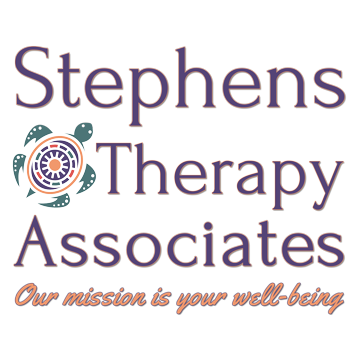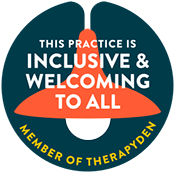What is EMDR?

By Brenda Stephens, LPCC
What is EMDR Therapy?
EMDR stands for Eye Movement Desensitization and Reprocessing. It is a form of therapy that helps people heal from trauma or other distressing life experiences. EMDR therapy has been extensively researched and has demonstrated effectiveness for trauma.
About EMDR Therapy
Our brains have a natural way of recovering from traumatic memories and events. This process involves communication between:
- Amygdala
- Alarm signal for stressful events
- Hippocampus
- Assists with learning, including memories about safety and danger.
- Prefrontal cortex
- Analyzes and controls behavior and emotion.
While traumatic experiences can typically be managed and resolved spontaneously, they may not be processed without help. Stress responses are part of our natural fight, flight or freeze instincts. When distress from a disturbing event comes, upsetting images, thoughts, and emotions… It may create overwhelming feelings, being back in that moment or feeling “frozen in time.”
EMDR therapy helps the brain process these memories and resume routine healing. The experience is still remembered, but the fight, flight, or freeze response from the original event is resolved.”
How is EMDR different from other therapies?
EMDR therapy does not require discussing the distressing issue or homework between sessions. EMDR, rather than focusing on changing the emotions, thoughts, or behaviors resulting from the unfortunate case… It allows the brain to resume its natural healing process. EMDR therapy is designed to resolve unprocessed traumatic memories in the brain. Part of the therapy includes alternating eye movements, sounds, or taps. For many clients, EMDR therapy can be completed in fewer sessions than other psychotherapies.
Who can benefit from EMDR therapy?
EMDR therapy helps children and adults – of all ages. Therapists use EMDR with a wide range of challenges:
- Anxiety, panic attacks, and phobias
- Chronic Illness and medical issues
- Depression and bipolar disorders
- Dissociative disorders
- Eating disorders
- Grief and loss
- Pain
- Performance anxiety
- Personality disorders
- PTSD and other trauma and stress-related issues
- Sexual assault
- Sleep disturbance
- Substance abuse and addiction
- Violence and abuse
If you’re curious if EMDR is for you, contact us here; we’d love to help! Our clinicians at Stephens Therapy offer EMDR and more. We’ll find the best fit for you!
Experiencing EMDR Therapy
After the therapist and client agree that EMDR therapy is a good fit and begin to work together, the client will be asked to focus on a specific event. Attention will be given to a negative image, belief, and body feeling related to this event and an optimistic assumption indicating the issue was resolved. While the client focuses on the upsetting event, the therapist will begin sets of side-to-side eye movements, sounds, or taps. The client will be guided to notice what comes to mind after each set. They may experience shifts in insight or changes in images, feelings, or beliefs regarding the event. The client can stop the therapist at any point if needed. The sets of eye movements, sounds, or taps are repeated until the event becomes less disturbing.
*The EMDR national association, EMDRIA, has provided the following information.






